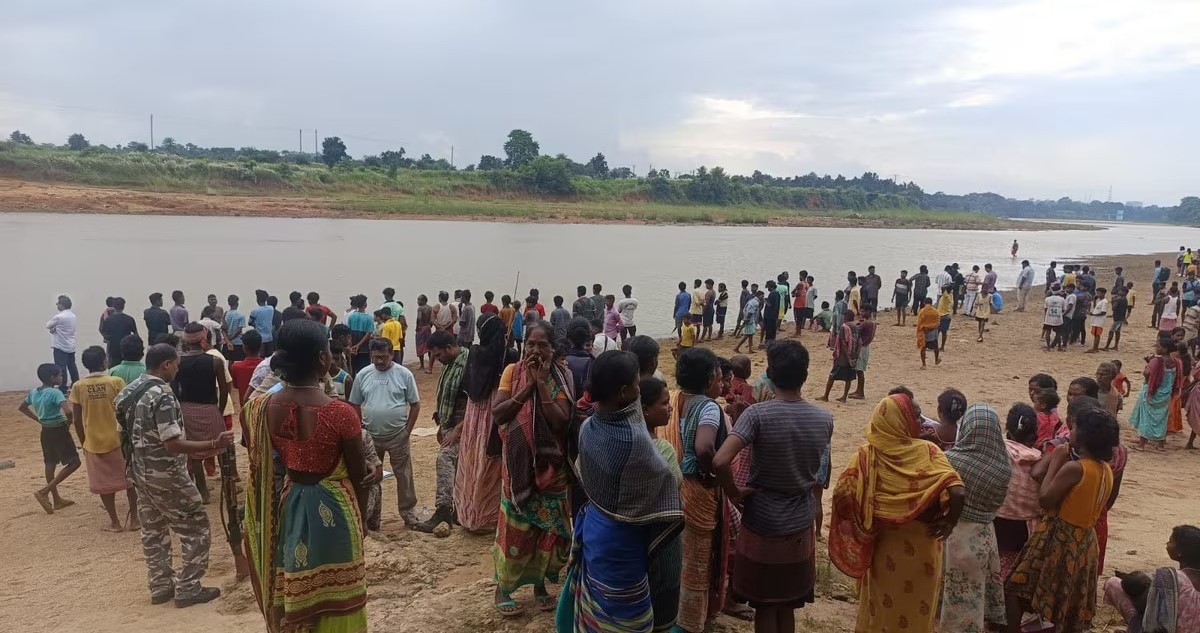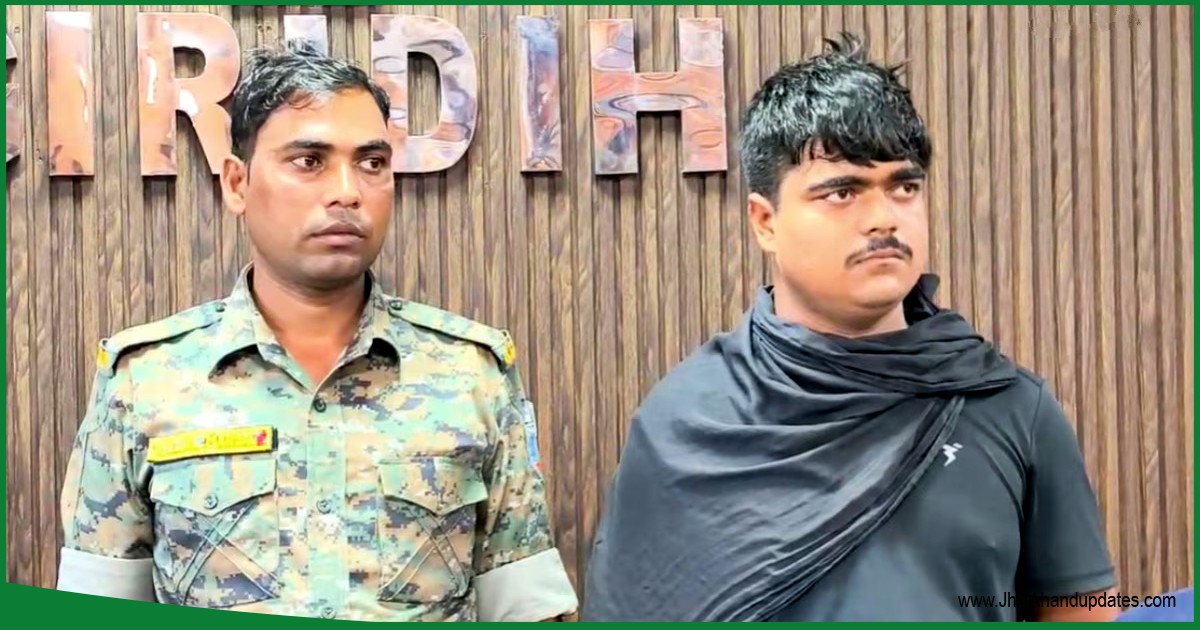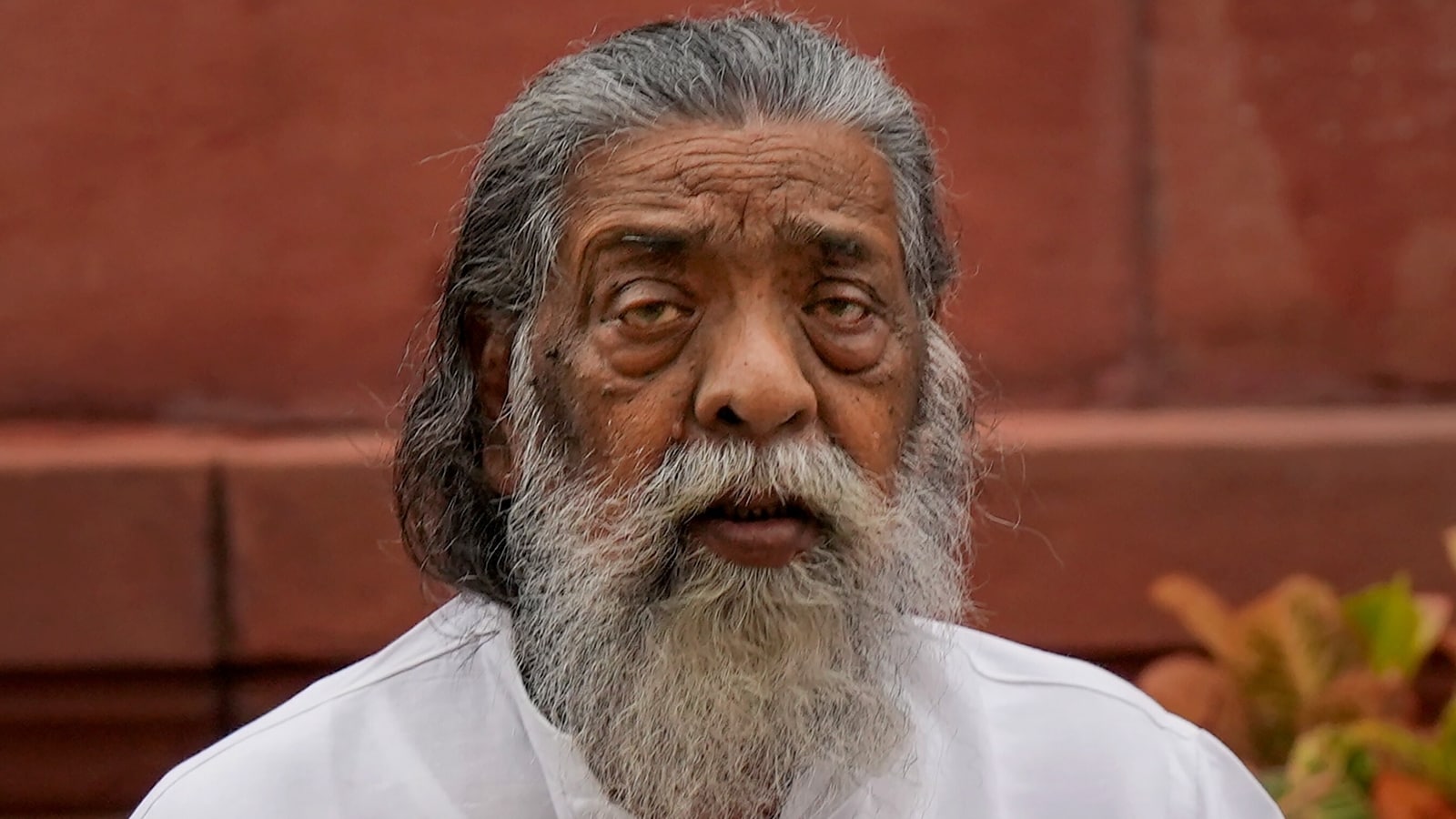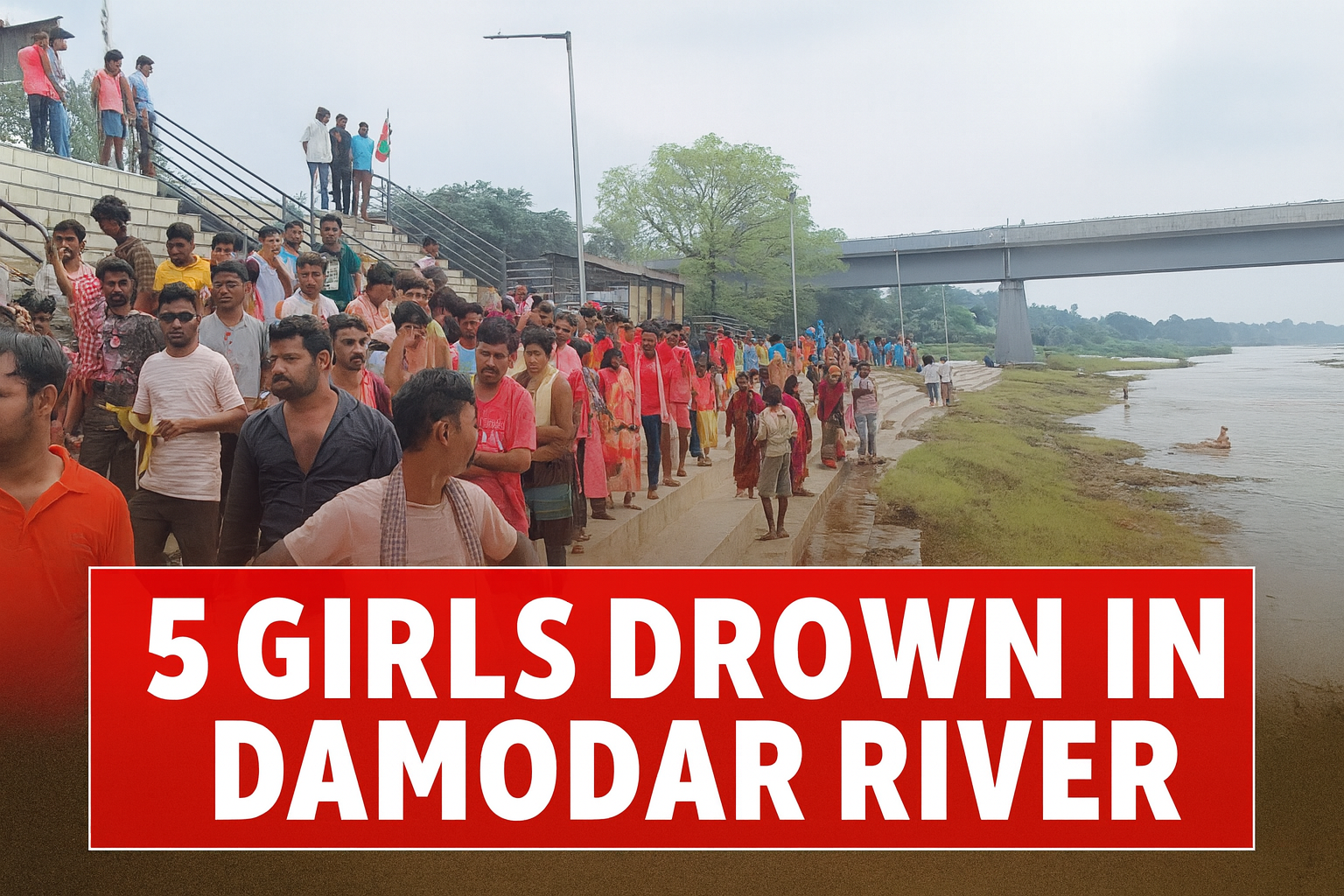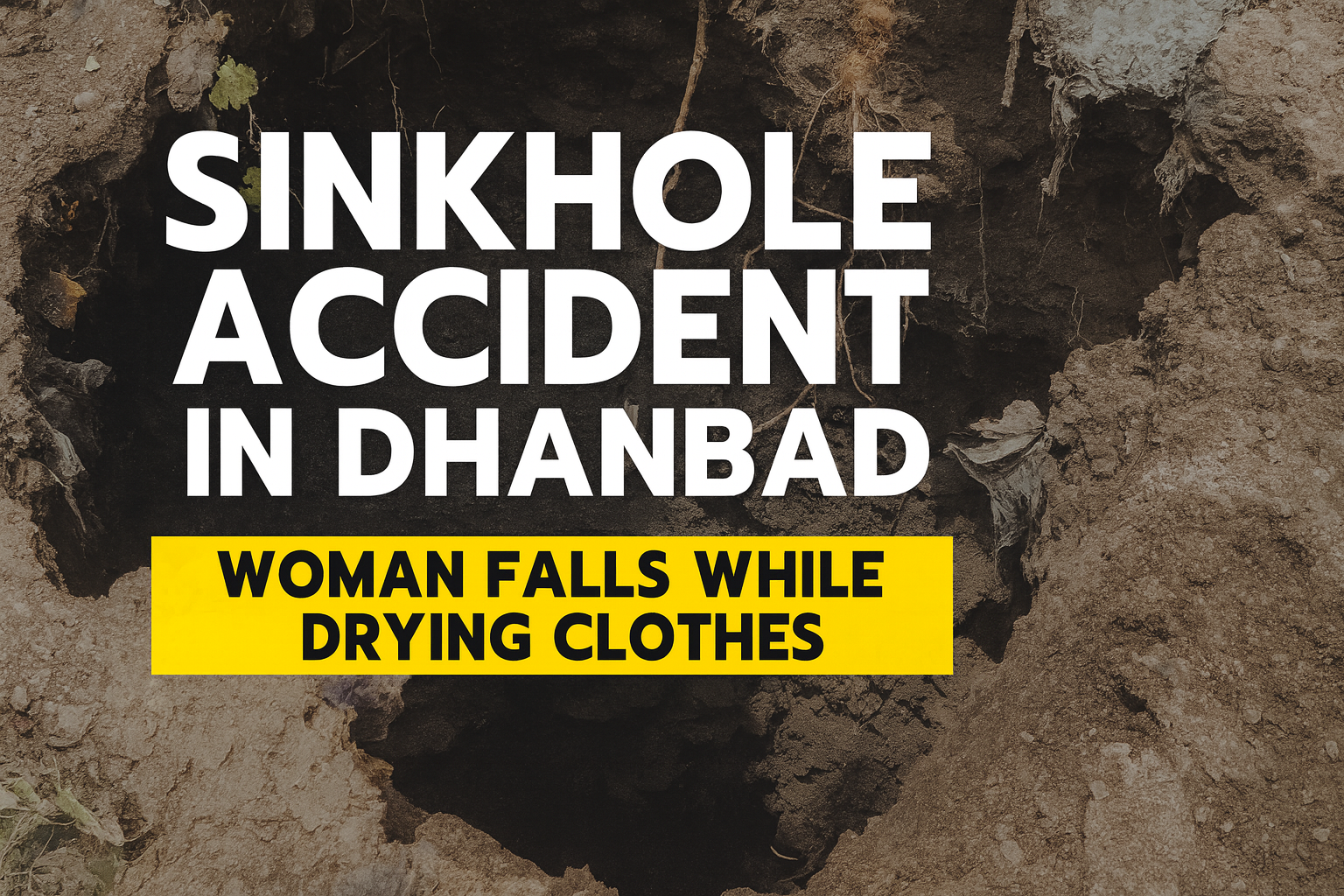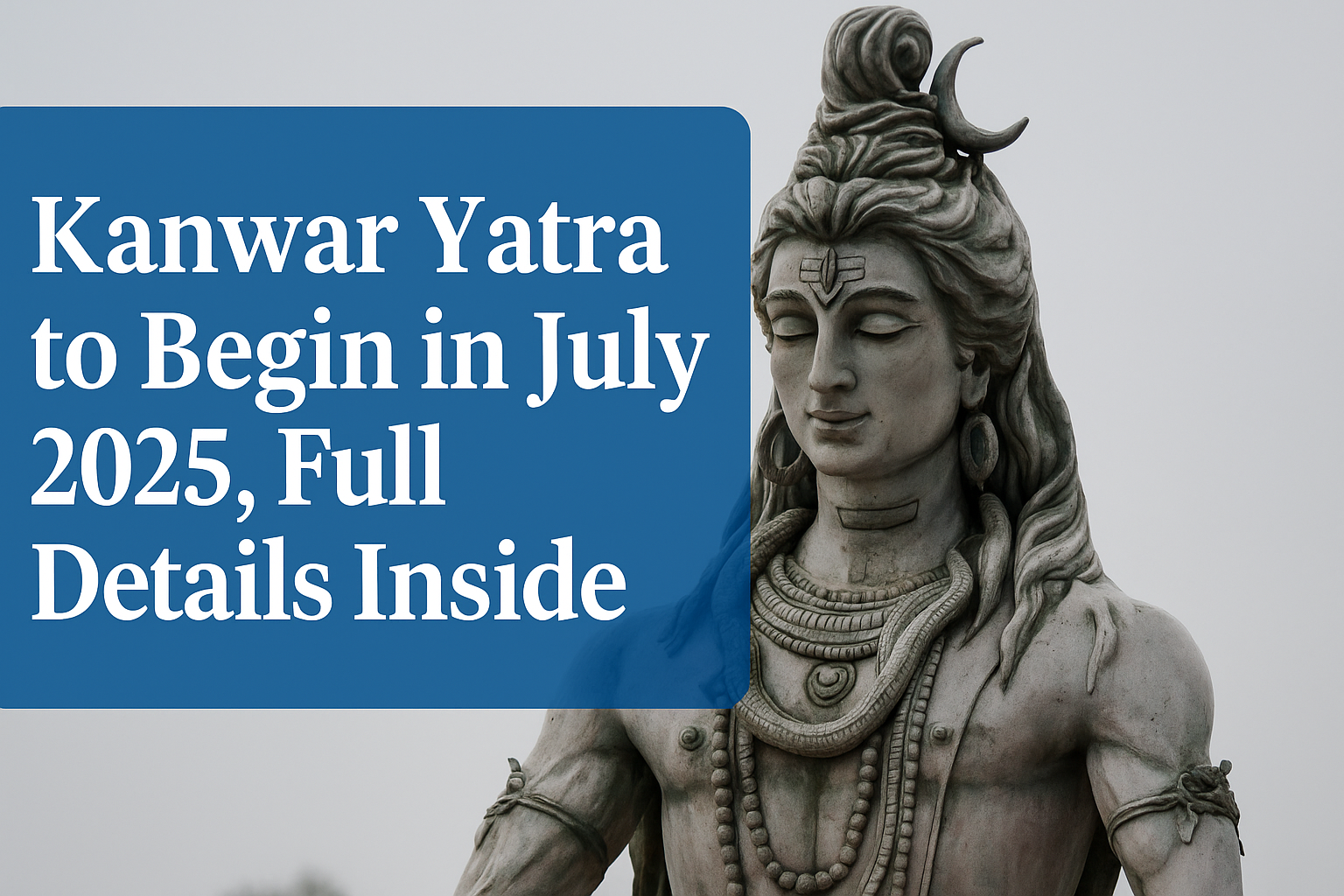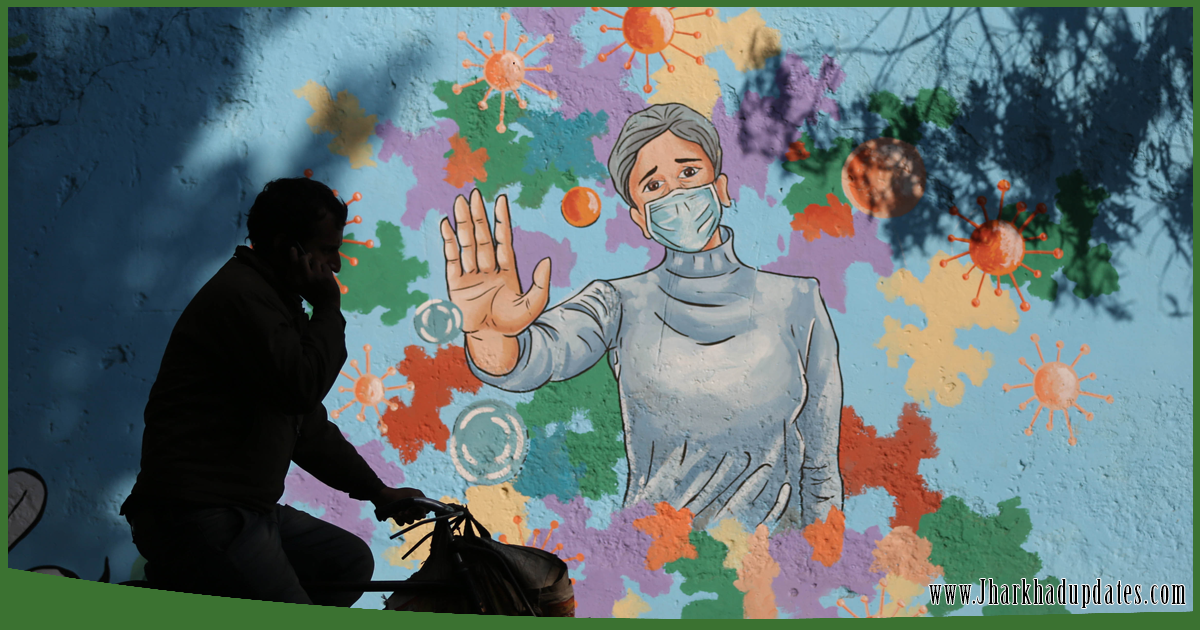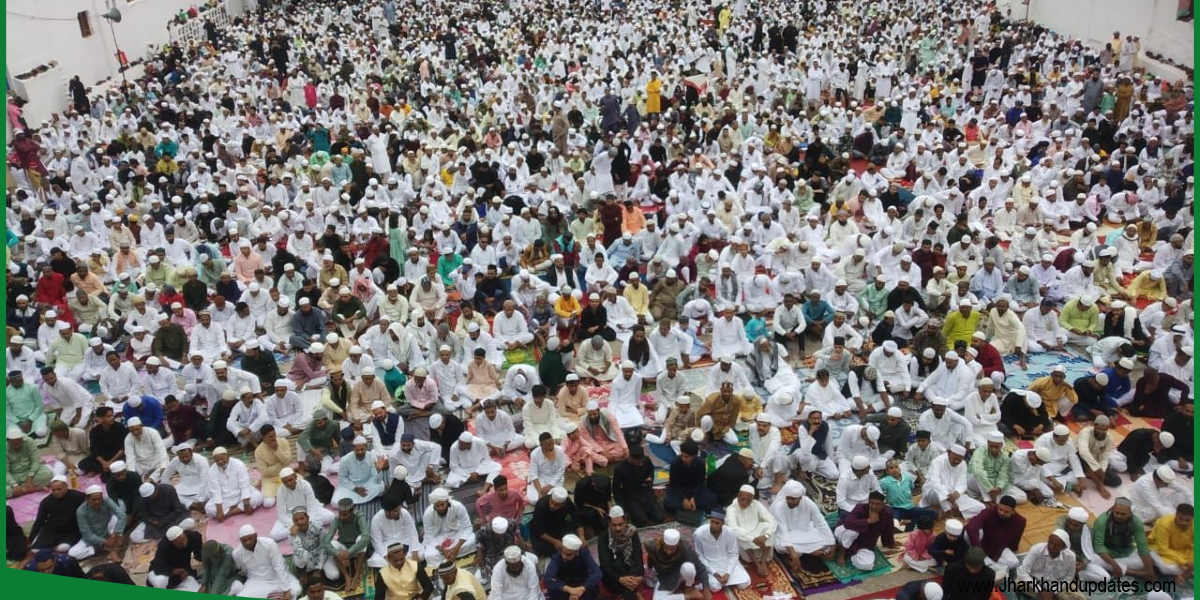Shravani mela and Kanwar yatra are huge religious gatherings in Eastern India. Though due to the Covid precautions, the month-long Shravani mela at Deoghar and Kanwar yatra may not be allowed to take place for the back-to-back second time this year as the government has imposed restrictions to limit the public gathering of the tourists.
As the month of Shravan is starting from 25th July this year. But, the Deoghar district administration has not started any arrangements yet for this biggest festival in Deoghar. This predicts the forewarning that the state government would not permit to conduct the funfair and carnival amassment of Kanwarias at the popular Baba Baidyanath temple at Deoghar, regarded as one of the 12 Jyotirlingas.
Probably, the government would likely make the official announcement on the mega event where lakhs of crusaders over the country visits Baidyanath Temple to offer prayer to Lord Shiva. Although, it is assumed that the event would not likely -happen this year alike last year. Moreover, the Jharkhand government extended the covid imposed lockdown on June 30. The lockdown will be ongoing till further orders, keeping restrictions that “all religious places/places of worship are permitted to open but visitors are prohibited.”
Furthermore, on Saturday, Director General of Police, Jharkhand, Neeraj Sinha said, “people should follow and respect the curbs imposed by the government in the light of COVID pandemic. Sinha addressed to PTI, “We have deployed police force at Bihar borders and Deoghar borders to avoid congregation.”Previously on every year, throughout the rainy season, worshippers from several states venture into Kanwar yatra heap up water from Ganga River and other rivers to offer the collected water at Lord Shiva temples in prominent religious places. Additionally, eastern regions kanwarias had to walk about a 100-km trek carrying Ganga water on their shoulders from Sultanganj in Bihar to bow down before Lord Shiva at the Deoghar temple to show their love and affection towards Lord Shiva.
Whereabout for Uttarakhand pilgrimage sites, the police chief Ashok Kumar declared that ‘Kanwarias’ (devotees of Lord Shiva) visiting Haridwar, despite the restrictions of the kanwar yatra will be going to be isolated for 14 days, Sinha said on the guidelines issued by the State disaster management authority. Although during the course of lockdown imposed last year, the government had banned conducting Shravani mela and also restricted Kanwar yatra in view of Covid pandemic. While Uttarakhand government has restricted the be leading of the annual Kanwar yatra for maintaining public safety on the warning signs of the third wave of Covid-19. Furthermore, the Supreme Court demanded to look over again on the decision of conducting Kanwar yatra.
Amid the pandemic, On July 12, the Jharkhand government prohibited conducting Rath yatra festival at the Jagannath temple in Ranchi. Chief Minister Hemant Soren requested the Jharkhand residents to homage their prayers to Lord Jagannath at their home. Although Soren had visited temple and offered his prayer without entering the temple. Subsequently, Soren also declared the order to close the temple doors for other devotees.
Moreover, the updated order of the Jharkhand disaster management department revealed, “All indoor and outdoor congregation of more than 50 persons are prohibited in the state including marriage and last rites related activities.” Further added, “Besides, all processions are prohibited in the state…All fairs and exhibitions are prohibited till further orders.” It also included that bus transport has been allowed for only intra-state movements and not inter-state movements.
While questioning Deoghar officials said, they will take action according to the guidelines issued by the disaster management authority. Deoghar reports said that the temples doors are closed down only for devotees but several residents are conducting religious events like ‘mundan’ (head tonsure) outside the world-famous religious sites.
Notably, Jharkhand’s COVID-19 data recorded that the tally rose to 3,46,588 whilst the casualty rate stood at 5,120.

